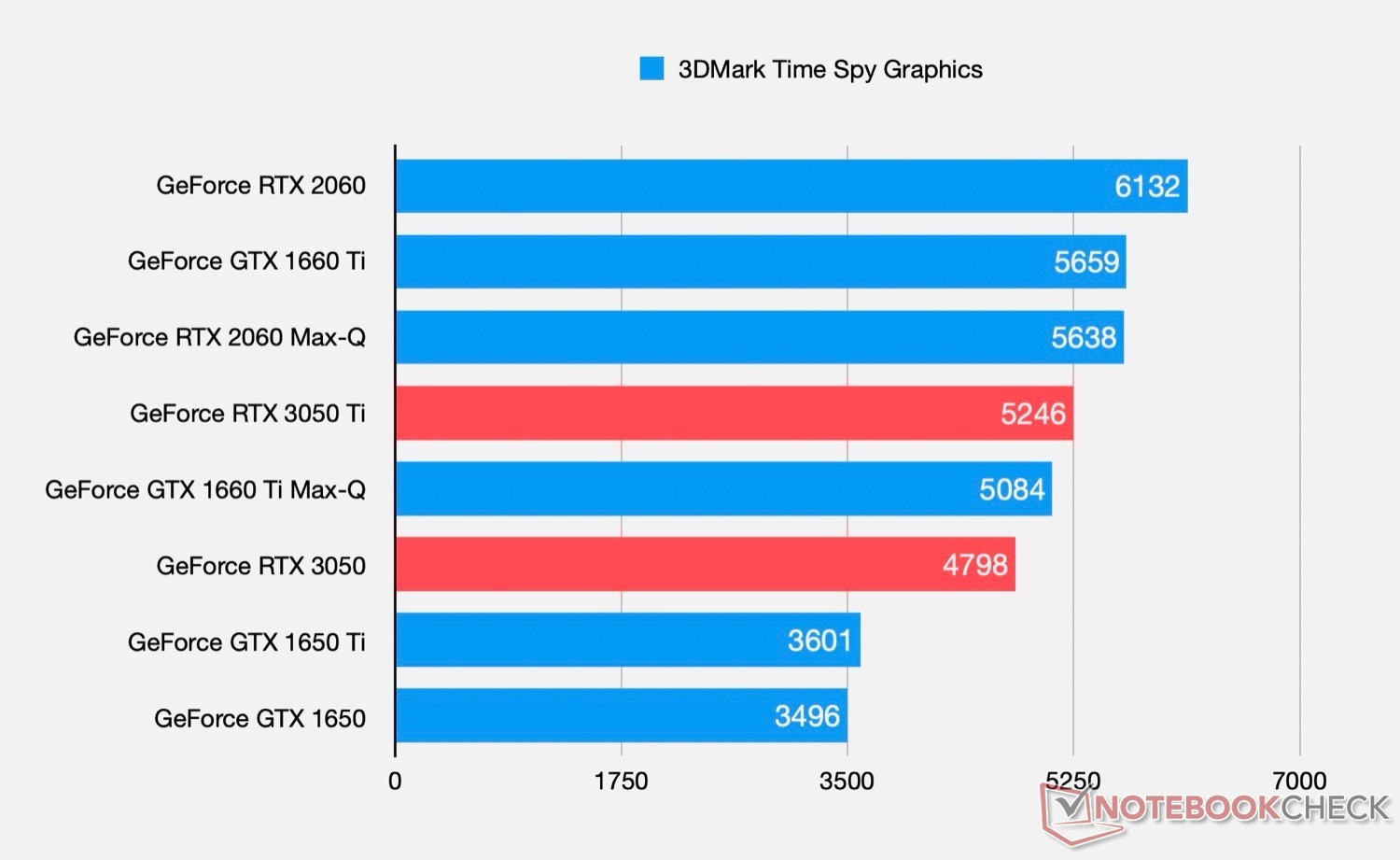

Compare gpu fps install#
Yes, the various cards might run better with some tuning and tweaking, but this is the way the cards will behave if you just pull them out of their box and install them in your PC.
Compare gpu fps manual#
Note that all of the cards are running 'factory stock,' meaning there's no manual overclocking or undervolting is involved. Older GTX 10-series and GTX 900-series cards use reference designs as well, except where indicated. With Turing, everything from the RTX 2060 and above is a Founders Edition card - which includes the 90 MHz overclock and slightly higher TDP on the non-Super models - while the other Turing cards are all AIB partner cards. AMD doesn't do 'reference' models on most other GPUs, so we've used third party designs to fill in the blanks.įor Nvidia, all of the Ampere GPUs are Founders Edition models, except for the EVGA RTX 3060 card.
Compare gpu fps full#
You can see the full list of everything we've tested in the list to the right.įrom AMD, all of the latest generation Big Navi / RDNA2 GPUs use reference designs, as do the previous gen RX 5700 XT, RX 5700 cards, Radeon VII, Vega 64 and Vega 56. Powenetics equipment in hand, we set about testing and retesting all of the current and previous generation GPUs we could get our hands on. There are also 12V kits measuring power draw for each of the PCIe Graphics (PEG) power connectors - we cut the PEG power harnesses in half and run the cables through the power blocks. This is how we accurately capture actual PCIe slot power draw, from both the 12V and 3.3V rails. There's a PCIe x16 riser card (which is where the soldering came into play) that slots into the motherboard, and then the graphics cards slot into that. This is an open test bed, because the Powenetics equipment essentially requires one. It consists of an MSI MEG Z390 Ace motherboard, Intel Core i9-9900K CPU, NZXT Z73 cooler, 32GB Corsair DDR4-3200 RAM, a fast M.2 SSD, and the other various bits and pieces you see to the right. We're using our standard graphics card testbed for these power measurements, and it's what we'll use on graphics card reviews. So for example, the RX 6800 XT roundup shows that many custom cards use about 40W more power than the reference designs, thanks to factory overclocks. If you want to see power use and other metrics for custom cards, all of our graphics card reviews include power testing. We use the reference models whenever possible, which means only the EVGA RTX 3060 is a custom card. We've updated this article with the latest data from the GeForce RTX 3090, RTX 3080, RTX 3070, RTX 3060 Ti, and RTX 3060 12GB from Nvidia and the Radeon RX 6900 XT, RX 6800 XT, RX 6800, and RX 6700 XT from AMD. We've done that with all the legacy GPUs we have from the past six years or so, and we do the same for every new GPU launch. Plug in a graphics card and the power leads, boot the PC, and run some tests that put a load on the GPU while logging power use. You can read our Powenetics project overview for additional details.Īfter assembling the necessary bits and pieces - some soldering is required, and we have a list of the best soldering irons to help - the testing process is relatively straightforward.
Compare gpu fps software#
Specifically, we're using Powenetics software in combination with various monitors from TinkerForge. And by "right way," we mean measuring in-line power consumption using hardware devices. Thankfully, the latest generation AMD Big Navi and Nvidia Ampere GPUs tend to report relatively accurate data, but we're doing things the right way.

Depending on the GPU, it can be off by anywhere from a few watts to potentially 50W or more. We've used GPU-Z in the past, but it had some clear inaccuracies. The best and most accurate means of measuring the power use of a graphics card is to measure power draw in between the power supply (PSU) and the card, but it requires a lot more work. Alternatively, you can measure power at the outlet using something like a Kill-A-Watt power meter, but that only captures total system power, including PSU inefficiencies. The easiest approach is via software like GPU-Z, which will tell you what the hardware reports. There are various ways to determine power use, with varying levels of difficulty and accuracy. We're here to press the reset button on GPU power measurements and do things the right way. Measuring performance is relatively easy, but measuring power can be complex. To determine GPU power efficiency, we need to know both performance and power use. How much power do the best graphics cards use? It's an important question, and while the performance we show in our GPU benchmarks hierarchy is useful, one of the true measures of a GPU is how efficient it is.


 0 kommentar(er)
0 kommentar(er)
